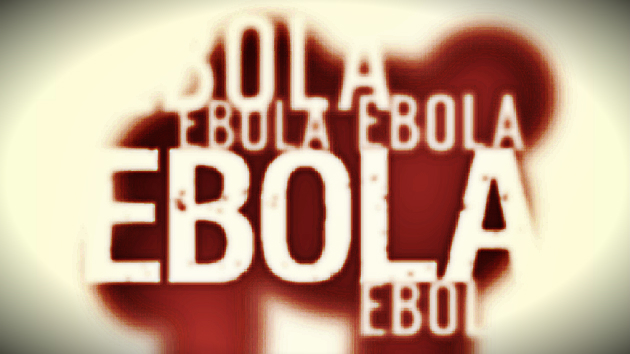
As the world’s largest outbreak of Ebola continues to ravage West Africa, here are a few key numbers to get a handle on the epidemic:
13,268 and 4,960
According to the latest estimates from the World Health Organization, there have been 13,268 Ebola cases and 4,960 deaths since the first cases of Ebola were confirmed in March — but those figures fluctuate and are subject to change as more information becomes available. Experts warn the actual numbers of cases and deaths are likely far higher than the official count, as many people have been reluctant — or unable — to seek care at a treatment center and officials are too overwhelmed with control efforts to record every single case.
5,000
The President of the World Bank said recently that more than 5,000 additional heath workers are needed to fight Ebola in West Africa, where the outbreak has devastated the region’s exiguous public health infrastructure. Liberia, one of the three hardest-hit countries, had only three healthcare workers per 10,000 people and 51 doctors serving the entire country before the outbreak started. But these numbers have fallen even further as Ebola has taken hold, with some reports suggesting that 95 percent of Liberia’s doctors have fled the country.
4,707
According to WHO, 4,707 beds are needed across West Africa in Ebola treat ment clinics; at the moment, just 22 percent of the necessary number are operational. The agency estimates a further 2,685 beds are needed for basic Ebola clinics, which are primarily used to isolate patients while they wait for test results. At the moment, just 4 percent of beds in these community clinics are available. An even bigger challenge will be finding trained personnel to staff the treatment clinics, and according to Doctors Without Borders, the mandatory quarantines imposed on returning workers in states like New York and New Jersey have already had a “chilling effect” on their volunteers.
549
WHO reports that 549 health workers have been infected with Ebola, of whom 311 have died. Since Ebola is spread via contact with the bodily fluids of a patient, health workers are at high risk of catching the disease. The U.S. Centers for Disease Control and Prevention recommends that no skin be showing in a health worker treating Ebola patients.
341
By late August, the most recent data available, scientists had already identified 341 mutations that distinguish the 2014 Ebola virus from previous outbreaks, according to a study published that month in the journal Science. So far, these mutations have not been remarkable; however, as the virus continues to spread and more people are infected, the risk of significant mutations increases, as well.
Eight
There are now eight countries that have reported Ebola detected on their soil: Guinea, Liberia, Sierra Leone, Mali, Nigeria, Senegal, Spain and the U.S. Other countries like Britain, France and Germany have taken in people sickened by the deadly virus in West Africa but they have not reported any spread of the virus there.
Four
There have been four cases of Ebola diagnosed in the U.S. and a single death — Thomas Eric Duncan, the Liberian man who was the first person diagnosed with Ebola in the country, who later died at a Dallas hospital. Two cases were nurses who cared for Duncan. The fourth is a New York doctor who became sick a week after returning from West Africa.
Two
It took just two months for British troops to build and open its first Ebola treatment center in Sierra Leone this week, an 80-bed facility with a dozen other beds reserved for infected health workers. The Kerry Town clinic, near the capital, Freetown, is the first of six centers to be built by the U.K. in Sierra Leone. It includes a triage center, ambulance pads, laboratory, pharmacies and decontamination units. In about the same time that it took to build the Ebola clinic, Sierra Leone has reported more than 3,500 new cases of Ebola.
One
There is one remaining American hospitalized with Ebola, Dr. Craig Spencer in New York, a physician who worked for Doctors Without Borders in Guinea. He is being treated in an isolation unit at Bellevue Hospital, where he continues to show improvement and is in stable condition. His girlfriend remains isolated and is being monitored by health officials, but so far she has not exhibited any symptoms.
Zero
Despite widespread (and generally overblown) fears about Ebola on American soil, the virus has not spread to a single person in the general population of the United States. Only two people have been infected with Ebola inside of the U.S. — Dallas nurses Nina Pham and Amber Vinson — but both were exposed to the virus in a healthcare setting; none of the contacts or family members of the four U.S. Ebola cases has fallen ill, despite extended contact during the early stages of illness. This supports what our public health officials have been telling us along: that Ebola, despite its fearsome reputation, is a controllable virus that poses very little risk to high-income countries like America.
